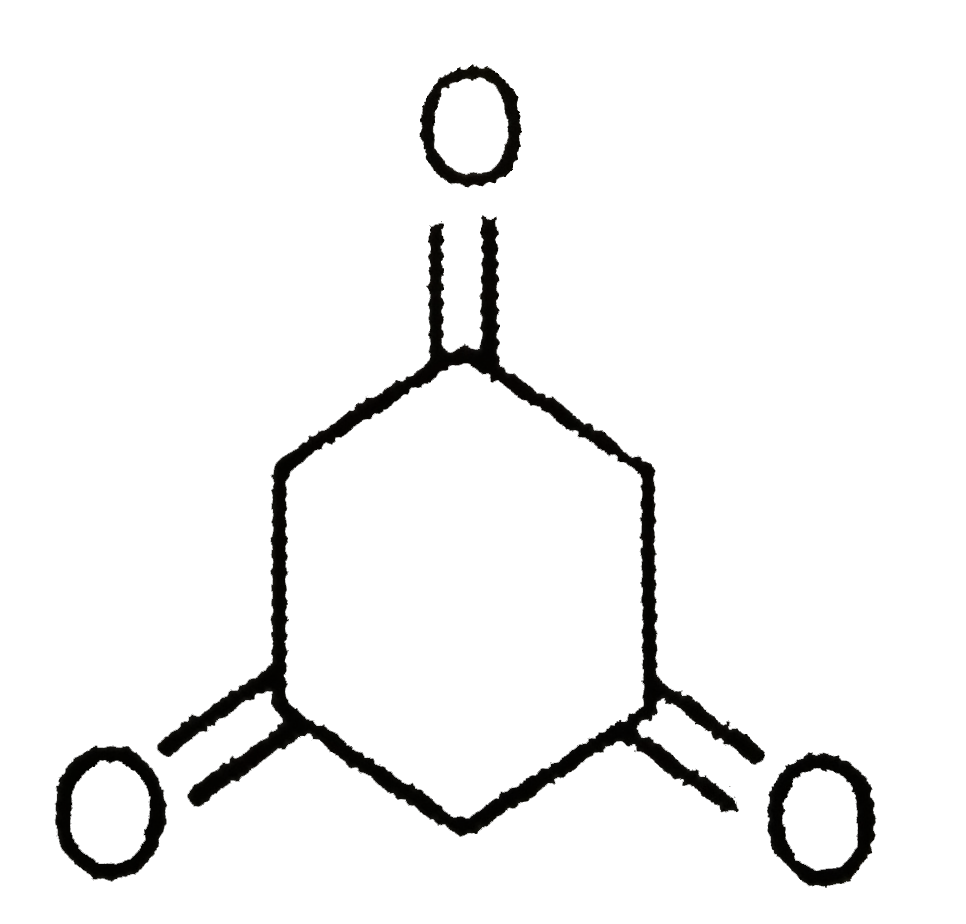Write the structure of a chalcogenide dianion.
To write the structure of a chalcogenide dianion, we first need to identify the relevant elements in the chalcogen group (Group 16 of the periodic table). The chalcogens include oxygen (O), sulfur (S), selenium (Se), and tellurium (Te).
1. Identify the Chalcogen Elements: The chalcogen group consists of four main elements: oxygen, sulfur, selenium, and tellurium. Each of these elements can form a dianion by gaining two electrons.
2. Determine the Dianion Forms: The dianions for these elements are:
- Oxygen forms the oxide ion (O²⁻).
- Sulfur forms the sulfide ion (S²⁻).
- Selenium forms the selenide ion (Se²⁻).
- Tellurium forms the telluride ion (Te²⁻).
3. Draw the Structure of the Dianion: The structure of a chalcogenide dianion can be represented as follows:
- For O²⁻: The oxygen atom has gained two electrons, resulting in a full outer shell. The structure can be represented simply as O²⁻.
- For S²⁻: The sulfur atom similarly gains two electrons, resulting in S²⁻.
- For Se²⁻: The selenium atom gains two electrons, resulting in Se²⁻.
- For Te²⁻: The tellurium atom gains two electrons, resulting in Te²⁻.
4. Visual Representation:
- O²⁻:
O²⁻
- S²⁻:
S²⁻
- Se²⁻:
Se²⁻
- Te²⁻:
Te²⁻
5. Conclusion: The structure of a chalcogenide dianion can be represented simply by the symbols of the elements with a charge of -2, indicating that they have gained two electrons.
- Oxygen forms the oxide ion (O²⁻).
- Sulfur forms the sulfide ion (S²⁻).
- Selenium forms the selenide ion (Se²⁻).
- Tellurium forms the telluride ion (Te²⁻).
- For O²⁻: The oxygen atom has gained two electrons, resulting in a full outer shell. The structure can be represented simply as O²⁻.
- For S²⁻: The sulfur atom similarly gains two electrons, resulting in S²⁻.
- For Se²⁻: The selenium atom gains two electrons, resulting in Se²⁻.
- For Te²⁻: The tellurium atom gains two electrons, resulting in Te²⁻.
- O²⁻:
O²⁻
- S²⁻:
S²⁻
- Se²⁻:
Se²⁻
- Te²⁻:
Te²⁻
Topper's Solved these Questions
- P-BLOCK ELEMENTS Book:PRADEEPChapter:P-BLOCK ELEMENTS Exercise:HOTS QUESTIONS
Explore 9 Videos
- P-BLOCK ELEMENTS Book:PRADEEPChapter:P-BLOCK ELEMENTS Exercise:VALUE BASED QUESTIONS WITH ANSWERS
Explore 4 Videos
- P-BLOCK ELEMENTS Book:PRADEEPChapter:P-BLOCK ELEMENTS Exercise:LONG ANSWER QUESTIONS
Explore 8 Videos
- ORGANIC COMPOUNDS CONTAINING NITROGENBook:PRADEEPChapter:ORGANIC COMPOUNDS CONTAINING NITROGENExercise:IMPORTANT QUESTIONS FOR BOARD EXAMINATION
Explore 27 Videos
- POLYMERSBook:PRADEEPChapter:POLYMERSExercise:IMPORTANT Questions (For Board Examination)
Explore 27 Videos
Similar Questions

Write the structure of P and Q
View SolutionWrite the structure of 2-aminotoluene.
View SolutionWrite the structure of isobutylene ?
View SolutionWrite the structure of p-toluidine.
View SolutionWrite the structure of Phenylmethanamine.
View SolutionWrite the structure of the monomers of Dacron.
View SolutionWrite the structure of 2-hydroxybenzoic acid.
View SolutionWrite the structure of inorganic benzene ?
View SolutionWrite the structure of 3 - oxopentanal.
View SolutionWrite the structure of polystyrene and give its uses.
Structure :
View Solution